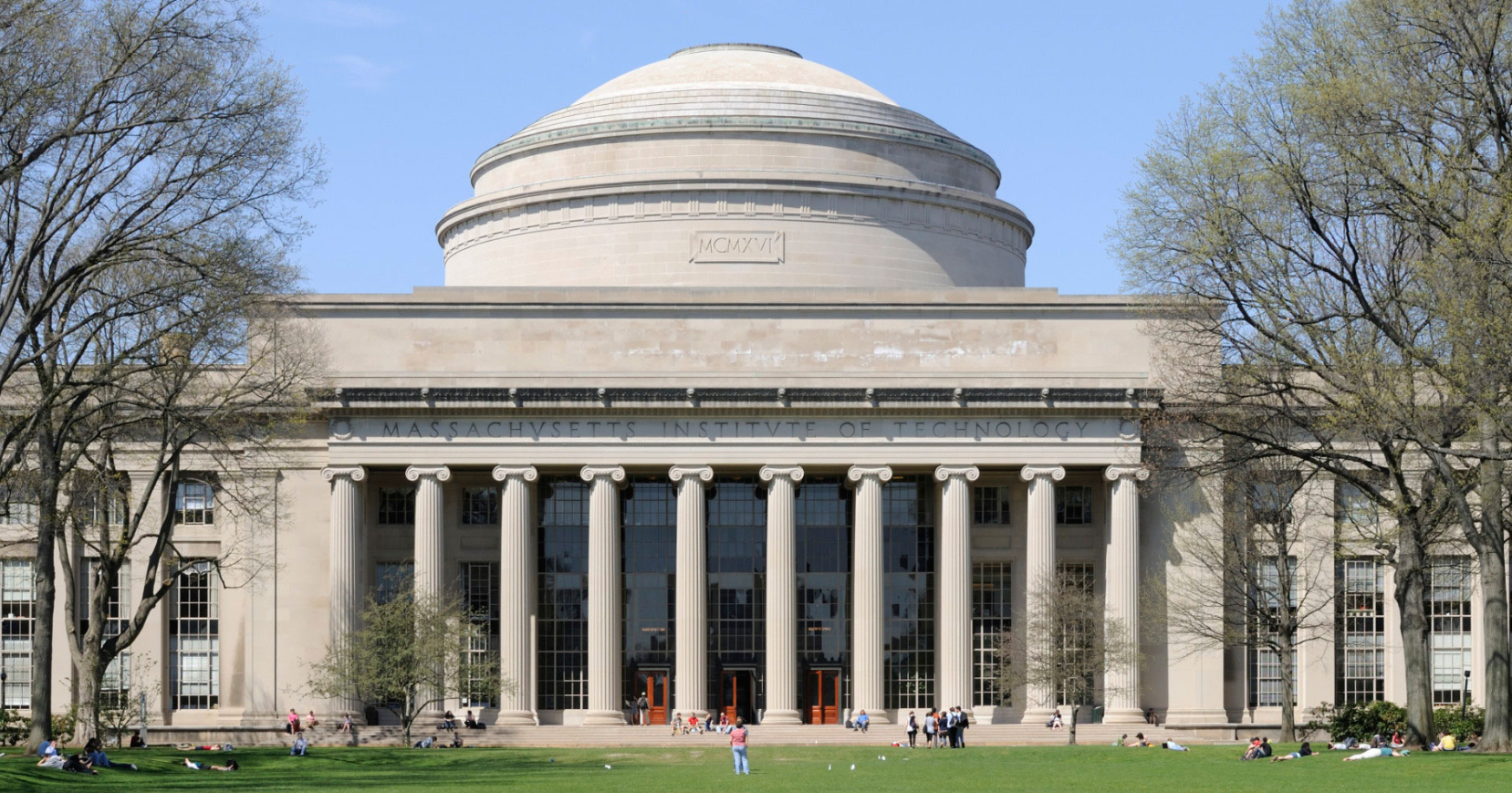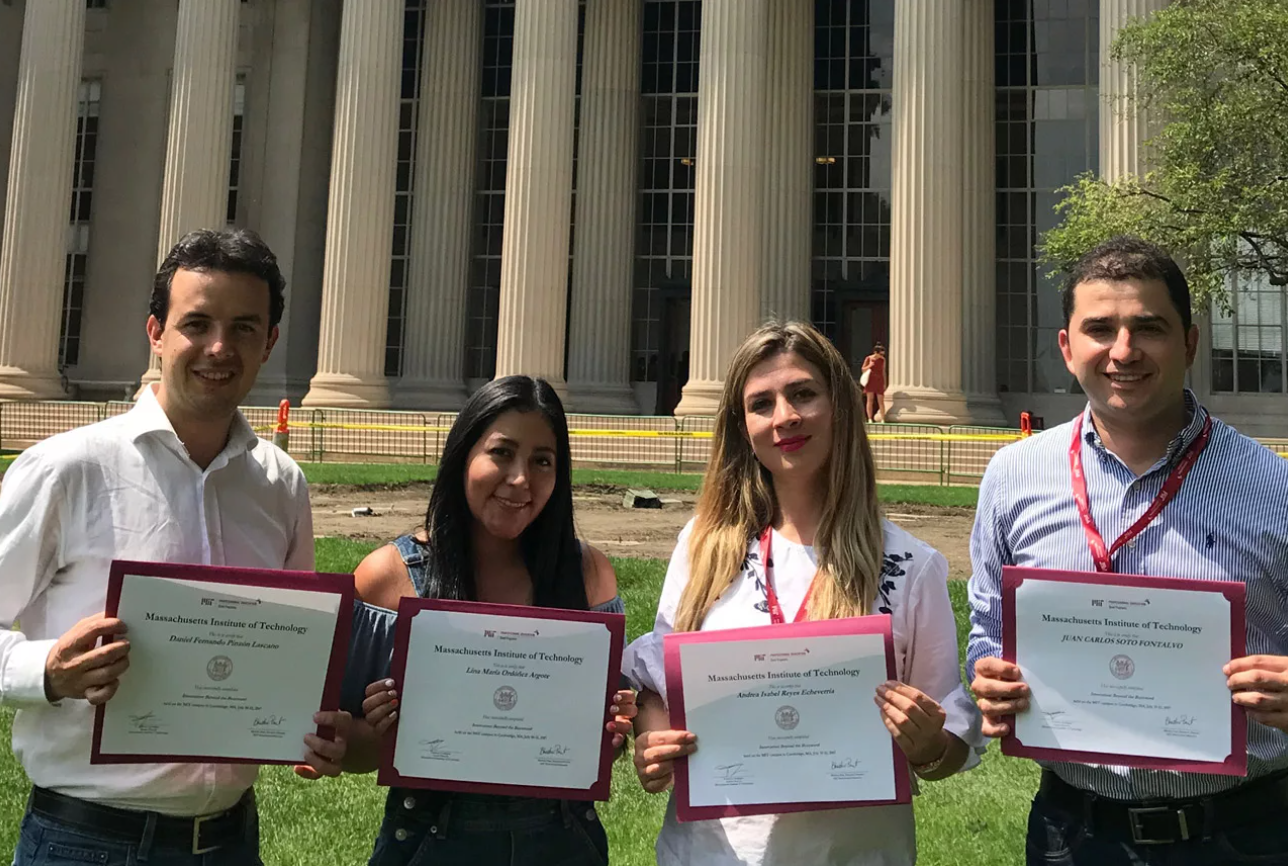Whether your residing in the state or an International students seeking admission to the Massachusetts Institute of Technology, you can find well-researched information about the MIT Acceptance Rate in the article.
The acceptance rate at MIT stands at 3.9% overall, and for students who submitted their applications by the Early Action deadline, it’s 4.7%. This acceptance rate signifies that MIT admitted around 4 students for every 100 who applied.
Although this figure might appear daunting, it’s in line with the selectiveness of other highly competitive universities in the United States, including those within the Ivy League.
It’s important not to let the Massachusetts Institute of Technology’s low acceptance rate dishearten you. This rate is just one piece of the larger puzzle that constitutes the college application process.
Remember, the MIT acceptance rate is determined based on the entire pool of applicants. Therefore, enhancing your own application profile can indeed enhance your individual chances of gaining admission.
Contents
Massachusetts Institute of Technology acceptance rate

U.S. News categorizes MIT as a “most selective” institution and ranks it at #2 among the top National Universities. Notably, MIT’s undergraduate programs in engineering and computer science are ranked #1 in the nation, while its undergraduate business program holds the #2 spot.
Out of the numerous students who applied for MIT enrollment, only a small cohort secured admission. This underscores MIT’s position as one of the most fiercely competitive institutions beyond the Ivy League.
The figures are truly remarkable. In the class of 2025, MIT admissions witnessed a 66% surge in application volume compared to the previous cycle. Application numbers for the class of 2026 surpassed even those elevated figures.
Understanding college acceptance rates
You’ve likely been privy to discussions about college acceptance rates from your guidance counselor, parents, and teachers. But, what exactly do they entail, and how might they impact your chances of being admitted to MIT?
The MIT acceptance rate signifies the proportion of students that MIT accepts in a given year divided by the number of students who applied during that same year. The MIT acceptance rate is notably low, falling within the single-digit range.
Understanding this college acceptance rate can be intricate, primarily because the Massachusetts Institute of Technology acceptance rate doesn’t directly correlate with the likelihood of your admission by MIT.
As the quantity of students applying to colleges increases, and as more students apply to numerous institutions, the available spots in the incoming class remain static. Consequently, across-the-board acceptance rates are decreasing. Colleges can’t expand their capacity to match the growing demand.
This phenomenon has led to exceptionally low acceptance rates at certain colleges and universities. While some perceive a low acceptance rate as indicative of prestige, it’s wise not to become overly fixated on these numerical values.
The Massachusetts Institute of Technology acceptance rate involves a multifaceted array of factors beyond what’s apparent. This encompasses informal MIT GPA requirements, MIT SAT requirements, considerations regarding geographical origin, intended major selections, and more.
MIT acceptance rate and your college list

It’s quite common to become fixated on the MIT acceptance rate and expend unnecessary energy that could otherwise be utilized to enhance your application. Rather than dwelling on the acceptance rate for MIT, view it as a piece of information to assist in shaping your selection of colleges.
You’ve likely encountered the advice to include “reach,” “target,” and “safety” schools on your college list. Given MIT’s notably low acceptance rate, it inherently falls under the “reach” category for all applicants. In straightforward terms, there’s no method to relegate MIT to the “target” category.
However, you can channel your efforts into optimizing your application’s quality. Strive for exceptional grades in demanding courses, tailor your extracurricular involvements to align with your MIT application, showcase leadership within your school and community, and dedicate diligent effort to standardized test preparation.
Don’t become excessively overwhelmed by the MIT acceptance rate. Ultimately, it’s beyond your control. Instead, focus on constructing a well-rounded college list that encompasses a variety of enticing choices. This approach will offer you an array of options when deciding where to pursue your education.
MIT acceptance rate vs. Harvard acceptance rate
MIT and Harvard, partly due to their college acceptance rates, hold positions among the most challenging institutions to secure admission to. As indicated by Niche, MIT ranks as the 5th hardest school to gain entry to, while Harvard holds the 2nd position in this regard.
Harvard boasts a college acceptance rate of 3.19%, whereas MIT’s acceptance rate is 3.9%. Consequently, while Harvard is affiliated with the Ivy League and MIT isn’t, the variance in their acceptance rates is practically negligible.
As an applicant, your attention should be directed more towards comparing the offerings of the two universities rather than fixating solely on their respective acceptance rates.
Both MIT admissions and Harvard admissions follow a holistic application evaluation process. Therefore, it’s advisable not to overly emphasize the MIT acceptance rate and rankings.
MIT acceptance rate and their admissions process
The Massachusetts Institute of Technology acceptance rate holds a certain degree of importance within your application process. It serves to shape your college preferences and foster your motivation. The informal MIT GPA requirements and MIT SAT requirements also play a role in contributing to the institution’s notably low acceptance rate.
MIT’s middle 50% range for SAT scores is 1510-1570, while the equivalent range for ACT scores is 34-36. MIT admissions has made the decision to reintroduce standardized testing requirements for applicants seeking entry in the fall of 2023.
While there are no officially published MIT GPA requirements, it’s prudent to assume that the average MIT GPA stands at least at 4.0, given the MIT acceptance rate.
It’s important to remember that college acceptance rates are not the sole crucial aspect of your college exploration. Dedicate yourself to hard work, and may luck be on your side!